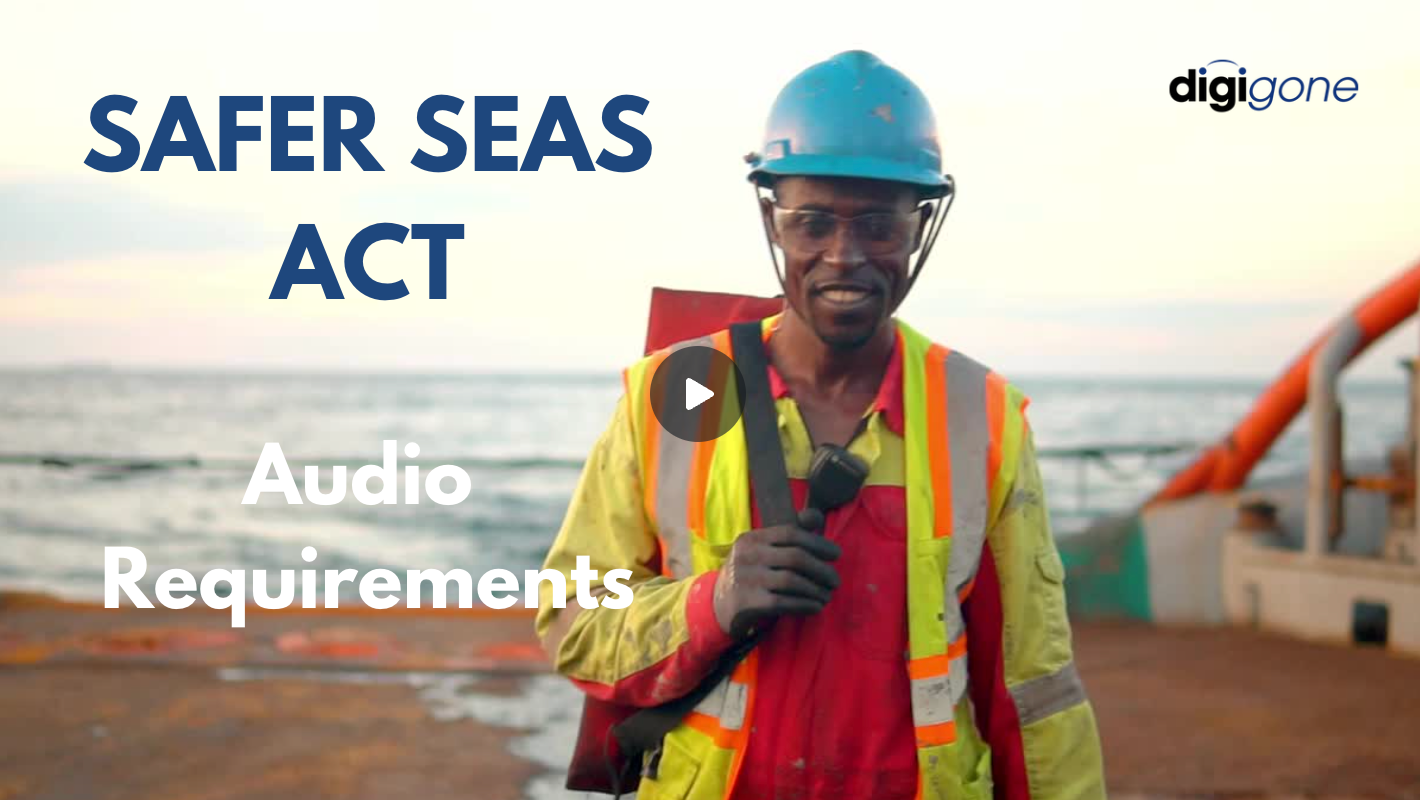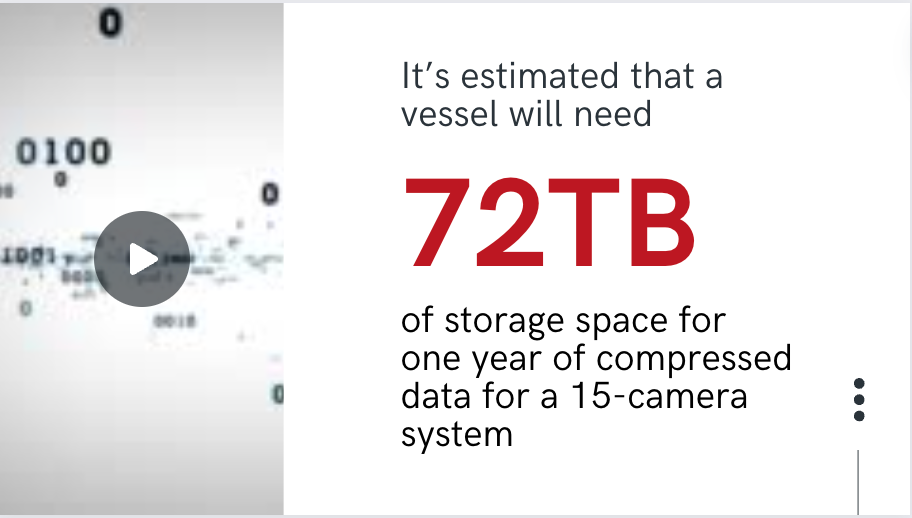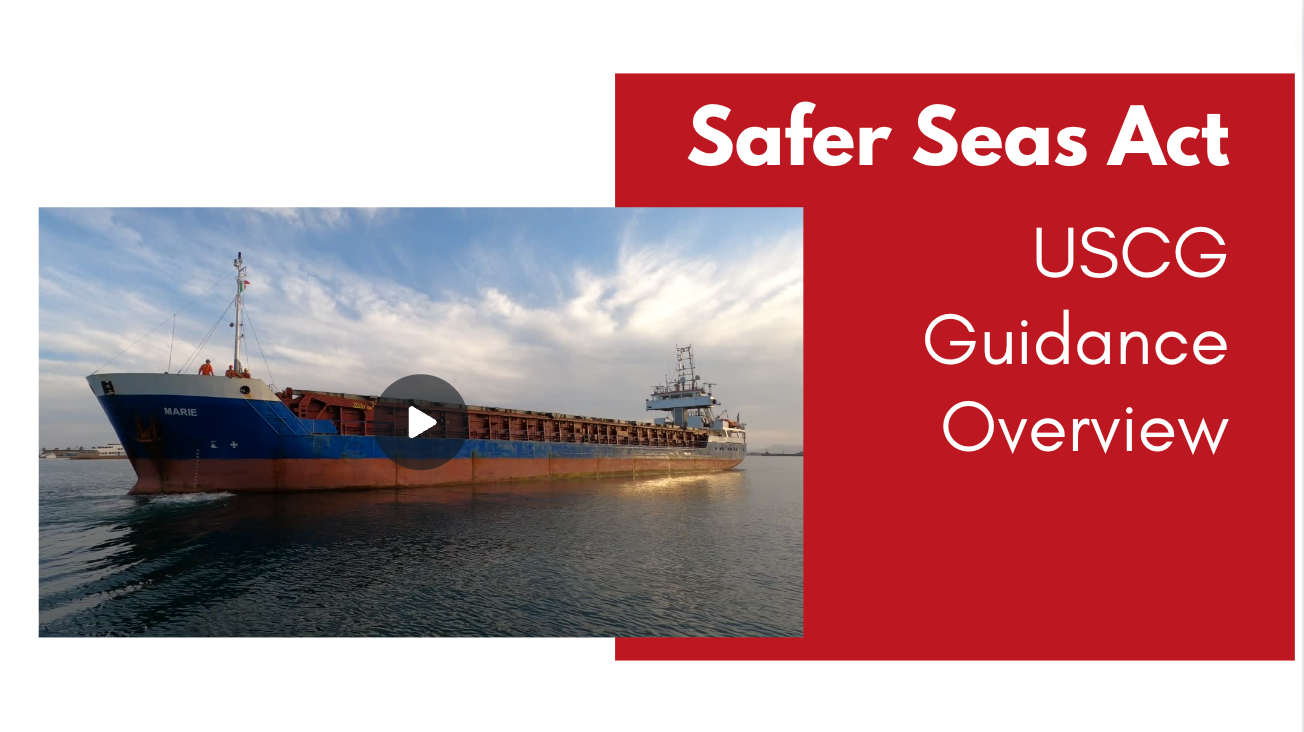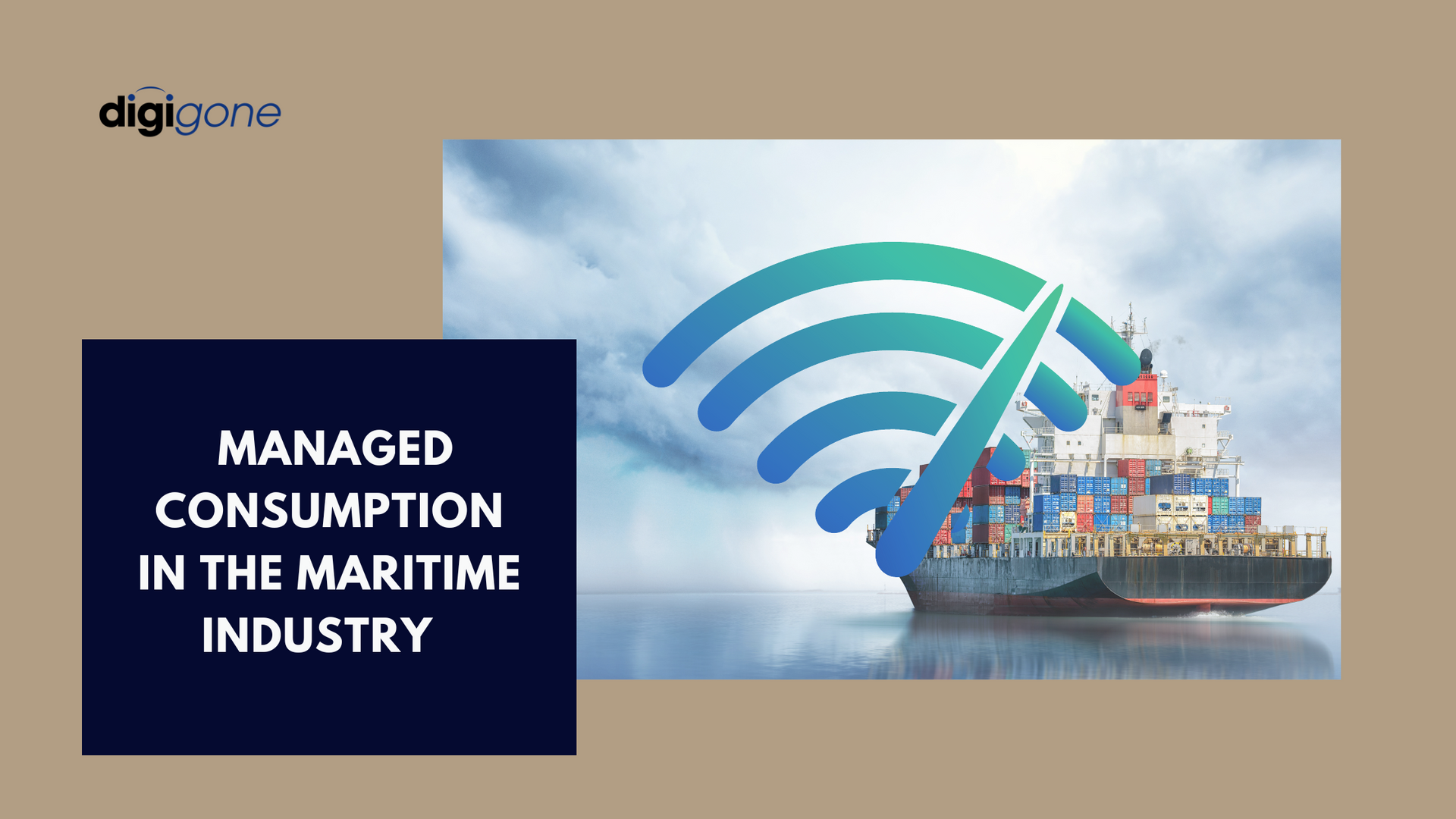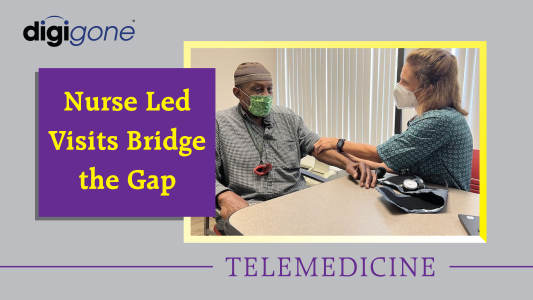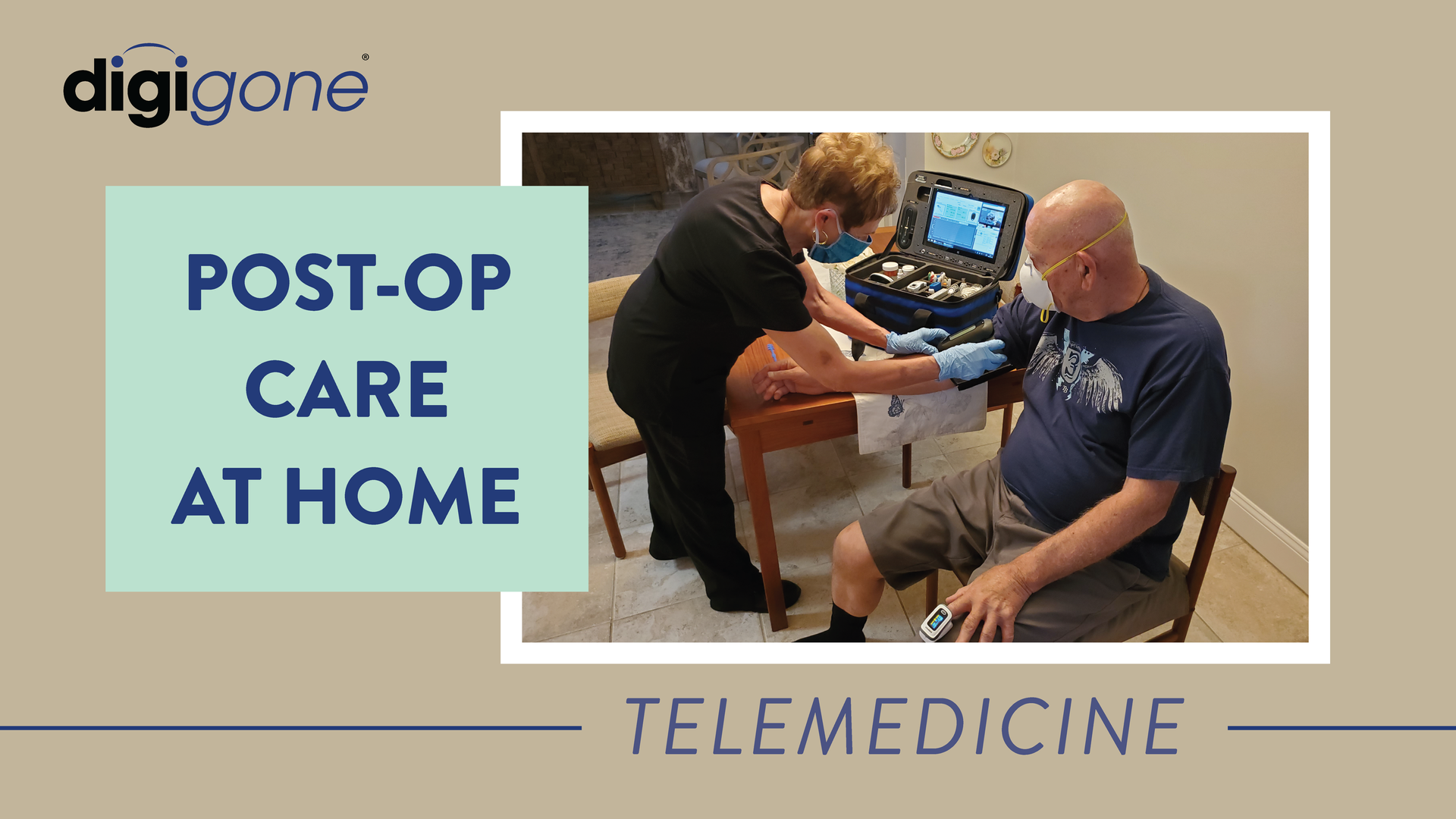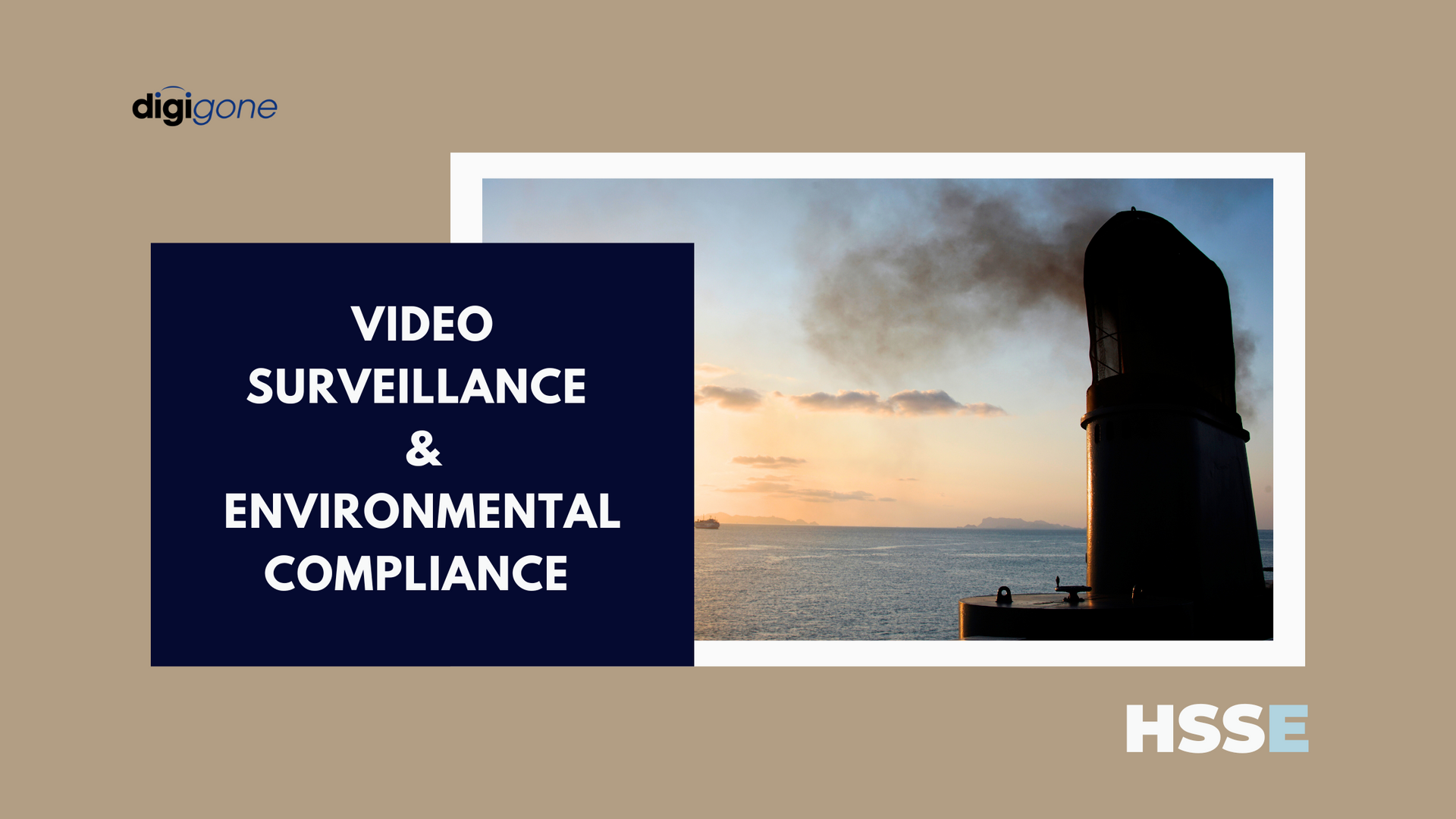Video Requirements for the Safer Seas Act
An Overview of the New Video and Camera Surveillance Regulations for Safer Seas Act and SASH.
Recently the U.S. Coast Guard issued guidance for the Safer Seas Act, a new law aimed at creating a safer, more equitable workplace in the maritime industry. In this article, we’re looking specifically at the video regulations and how vessel owners and operators need to prepare for the December 2024 compliance deadline.
The aim of the act and subsequent guidance is a significant step forward for the maritime industry. New surveillance, reporting and training are all aimed at enhancing the crew welfare and safety on commercial vessels.
One of the most important points from the act relates to the quality of hardware the USCG is expecting. Pulled directly from their
Policy Letter 23-05:
“The Coast Guard advises that effective surveillance is not simply having a system in place but having sufficient quality of hardware to ensure intelligibility of information captured.”
Below are additional details from that policy letter regarding video camera specs, resolution and placement:
- Video equipment must be placed in all passageways where doors from staterooms open.
- Video cameras should be positioned so that all doors leading to staterooms are continuously monitored.
- If a door requiring coverage is obstructed from view at any point, additional cameras should be installed to ensure continuous coverage.
- Video equipment should be of sufficient resolution, frame rate, sensor and lens quality to identify persons and their actions under all ambient lighting conditions.
(Continue reading from email)
Additional requirements will be tied to audio and include:
- Audio recording equipment of sufficient rate, bit depth and microphone quality to ensure reasonable discernment of conversations of words spoken.
- Noise-cancelling microphone technology installed as needed.
- Signage notifying all crew of video and audio surveillance needs to be displayed in easily accessible areas of the required spaces and should be placed at eye level.
digiGone’s video and audio solutions cover all of these requirements, thoroughly and completely. Our custom solutions for vessels or fleets include the following, all of which meet compliance requirements set forth by the USCG:
- HD cameras with built-in microphones
- IR lights with a 30-meter range
- Motion-activated recording, as well as continuous stream available
- Time and date watermark stamps on all recorded video
- Tamper alarms on all equipment
- Video and audio surveillance signage
digiGone’s forte has long been custom-managed-bandwidth solutions — including complete surveillance systems — in austere environments. We can provide comprehensive systems for specific vessels and/or fleets leveraged by our decades of experience in the maritime industry.
Contact us today so we can create a custom solution package for your vessel or fleet.
DigiGone is a veteran-owned, service-disabled business based in Largo, Florida, providing custom, managed bandwidth solutions such as
digiMed,
CrewChat, digiView, and
digiChat in the maritime, oil and gas and mining industries. For more information visit digigone.com to request a demonstration. Or email us at info@digigone.com, or call at 1-727-544-2327.

